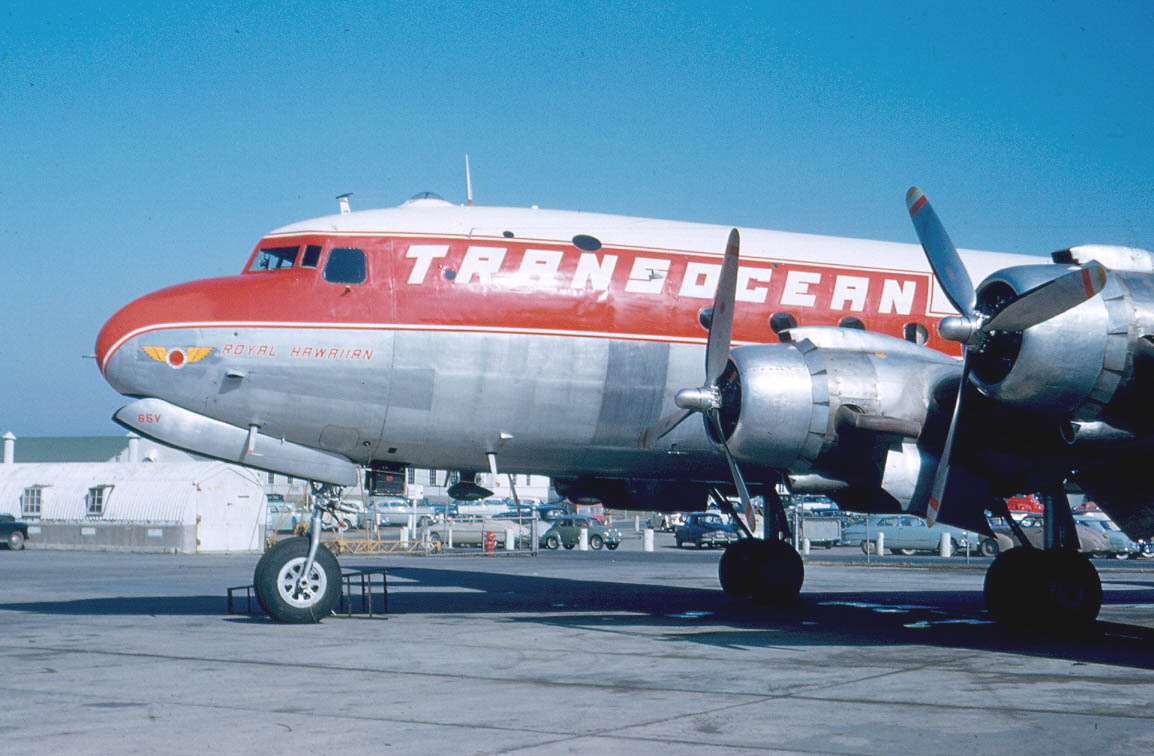

Today’s article comes from R.D. Sussman who has previously written fantastic pieces about the modern rise of Delta and the new American Airlines. He has been involved with the airline industry for over 20 years and is an active travel consultant and airline analyst. R.D. is also a huge #Avgeek and theme park enthusiast.
The Evolution of Low Cost Carriers from WWII to Today
Spirit. Frontier. JetBlue. Southwest. Allegiant. When people see these names, they are bound to think of the aerial revolution these carriers brought forth to America, and they would be right. But they aren’t the first ones – at all. In this series, I want to go over the past, present & future of the Low Cost Carrier/Ultra Low Cost Carrier.
Starting at the VERY beginning – Back to 1946.
Following WWII, a glut of cheap airplanes flooded the USA, all surplus from the war effort. Good airplanes and maintained well, they were available for pennies on the dollar, and in fact helped stabilize our first and second level carriers in the USA following five years of wartime work. With this came the birth of a new class of carrier – the Supplemental airline – to the USA. These carriers were not scheduled airlines by any stretch, but rather picked up the need for airlines to haul passengers in bulk from point A to point B. Supplemental airlines were formed mostly out of ex-WWII pilots with money in their hands, and a desire to fly.
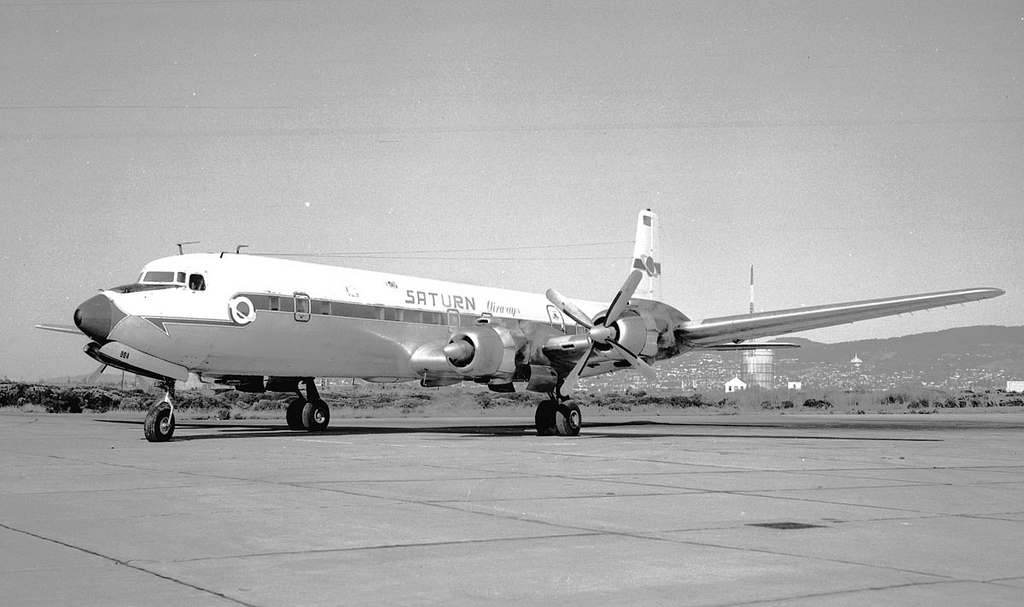

In that era, several names became prominent, all with a desire to become airlines: World Airways, Saturn, Transocean. These carriers found a niche flying freight and charter passenger flying, often at prices 1/2 of that of the scheduled regulated airlines in the USA. During these early days, flying as a supplemental airline was a huge challenge, as a licence to operate as an airline was not guaranteed to last beyond five years – that is, until 1955. In 1955, Supplemental and Charter airlines were granted unlimited license time, which opened the doors for their next step forward.
The ABC’s of flying:
Finding their niche as charter airlines, both World & Transocean entered a new niche: The low-cost travel boom of the late 50s. Larger planes, sold off by the major airlines as more advanced aircraft became available, allowed them the ability to squeeze many seats in, and eliminate a lot of the basics the majors had: Meals, cocktails & space. At the same time, these carriers decided to start marketing regular flights as low-cost vacation flights – known as Advance Booking Charters. Operated on a regular basis, these ABC flights offered passengers a fare that was affordable, but little else beyond that – meals were sold on-board, and space was at a premium.
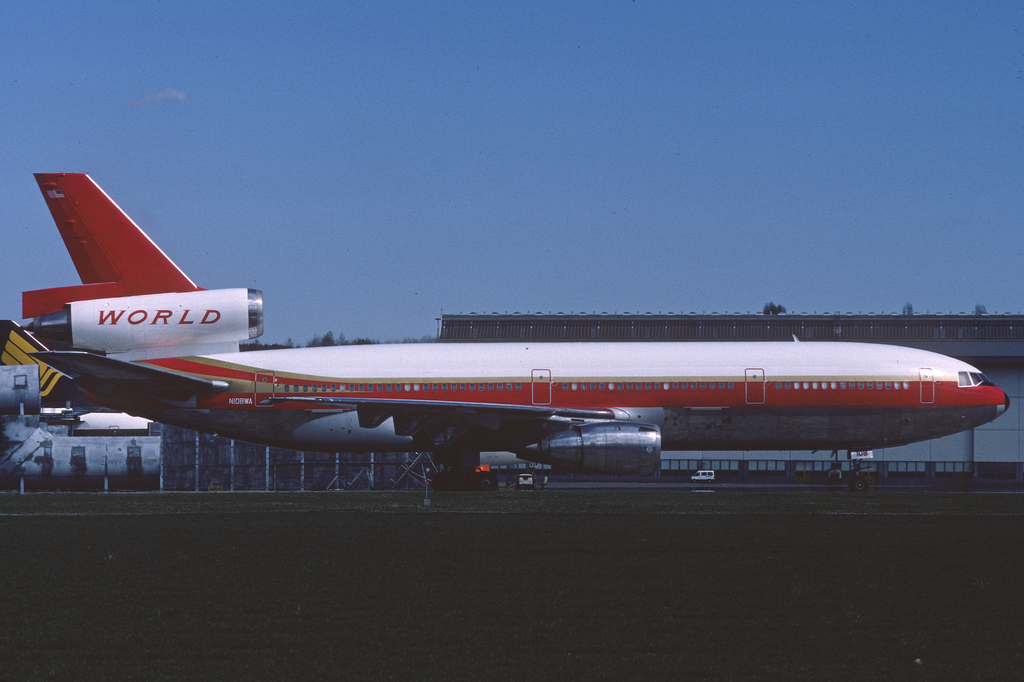

They were immediately successful, and petitioning to the Civil Aeronautics Board to become scheduled operators fell upon deaf ears: The CAB under lobbying by the major airlines refused to allow these carriers scheduled rights. While the bulk of their business still fell under charter & freight work, the idea of the low-cost carrier was born – but would have to wait quite a while to become a reality. In the meantime, the supplemental airlines took advantage of the combat in Southeast Asia and realized the potential profits therein, ending most ABC services in the USA.
Southwest & PSA – both AOK!
There was one loophole though in the CAB’s regulations: If a flight was intrastate, it did not fall under the CAB’s hand for schedules and regulations. Back in 1947, a little airline was formed in San Diego by Kenny & Jean Friedkin. Pacific Southwest Airline (PSA) began low-cost flights from San Diego to Burbank & Oakland, offering a fare far lower than the major competitors, who were regulated on these routes by fare and by frequency. PSA’s slimline operation and frequent service meant that it was possible to commute from one city to another and back in a single day. PSA’s success was immense, and growth was steady throughout their first two decades, becoming one of the largest airlines in the USA flying people within California.
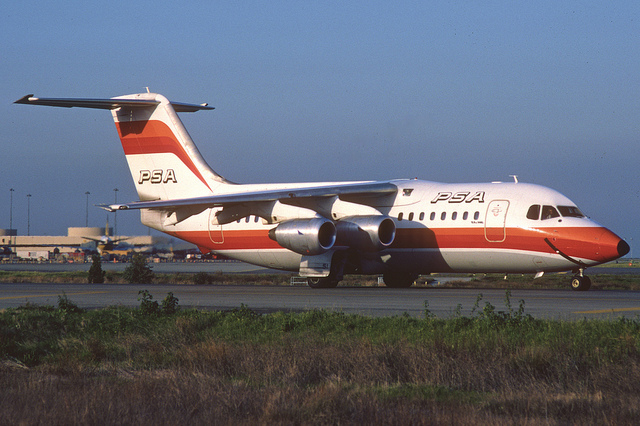

In 1967, Herb Kelleher, Rollin King & Lamar Muse looked at what PSA was doing, and figured it could work within the state of Texas. What started out as a great idea took nearly four years to come to being, as major airlines protested & fought the potential upstart, spending nearly three years in court before Southwest could get the right to fly. On 18 June 1971, Southwest took to the skies, and fought a difficult battle the first three years against competitors Texas International, Continental & Braniff for their routes between San Antonio, Dallas/Love & Houston/Hobby. In the end, clever marketing, tact & keeping things simple allowed Southwest to grow and succeed – becoming by 2015 the USA’s largest domestic air carrier.
Deregulation, upstarts & downturns
1978 brought forth the single greatest shift in the USA’s airline industry. Now no longer restricted to routes, they could go anywhere at any fare. Airlines were no longer subject to the CAB’s whims & moods, and a battle was begun. Low Cost Carriers like Southwest & PSA expanded their coverage beyond their home states, and new carriers popped up on a daily basis.
Two of the most notorious were AirFlorida and PEOPLExpress. Both of these carriers were started as a response to high fares & low frequency of service – and one can be directly tied to our modern era of LCCs.
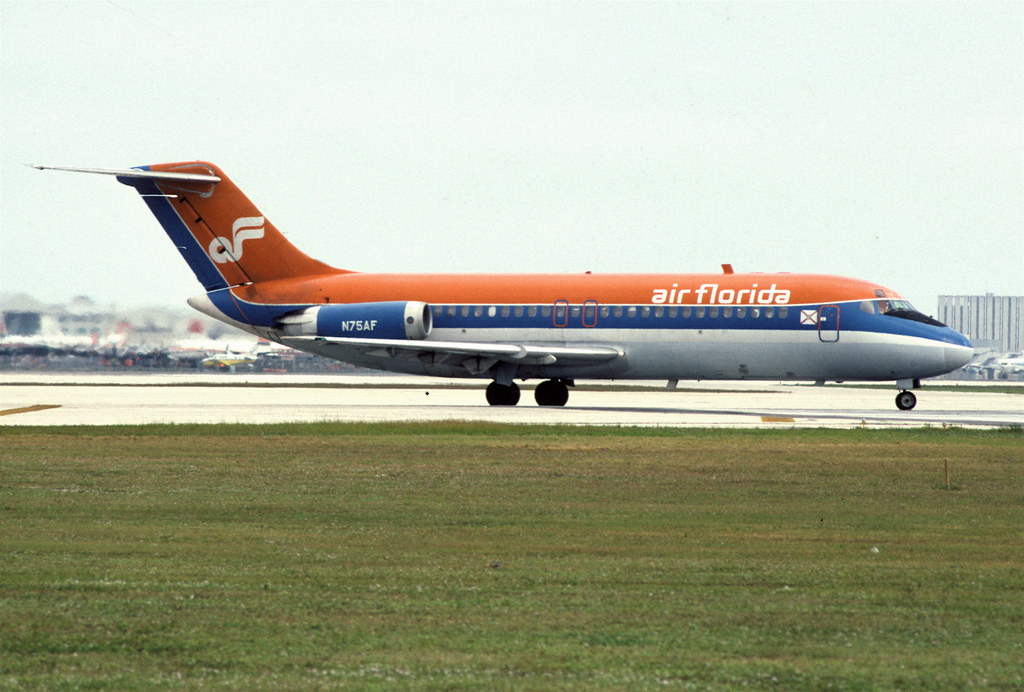

AirFlorida had roots based upon the same model as Southwest and PSA: Frequent low-cost flights within Florida starting in 1972. In October, 1978, AirFlorida sprang out of the state, growing at pace of nearly 50% annually. AirFlorida would add cities at an astounding rate, doubling their fleet size every six months, and carrying more passengers in the Northeast-Florida market than every other carrier could. If a route didn’t work, they pulled out just as quickly as they moved in to fuel their unending appetite for growth. It is in this rapid and uncontrolled growth that was the seed of their demise. The loss of a 737 aircraft in a heavily publicized accident in Washington DC brought forth a rapid and unstoppable descent, with AirFlorida folding in mid 1984.
PEOPLExpress entered the market in 1981. Using used 737s bought from Lufthansa, and the abandoned north terminal at Newark, they promised reduced fares with everything available at a cost: Luggage was 10.00, coffee was .50, and fare were rock bottom. Upon startup, they entered markets within a five hour drive of Newark, with fares as low as $19.00 each way. No reservation was necessary, you paid for your ticket on board, and everything was reduced to simplicity. Pilots when not flying, manned desks in operations. Flight attendants worked the ticket counters. No job at the carrier was considered of a higher rank than the other, and the cult-like following of Don Burr was something that very few airlines had ever seen before.
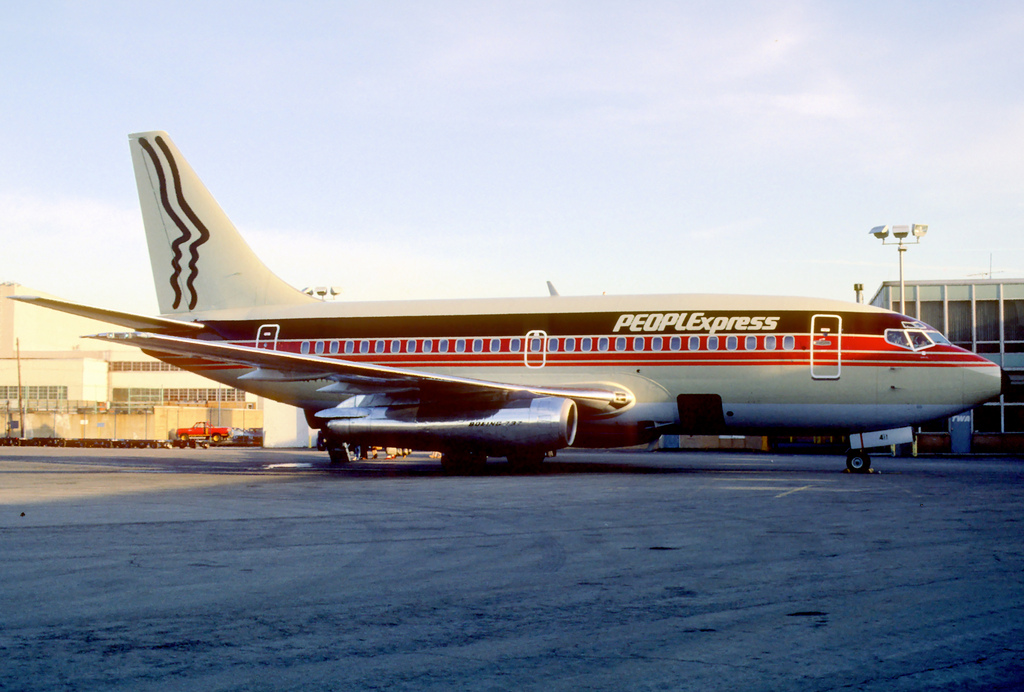

Success was immediate: PEOPLExpress’s planes were full no matter when they were flying, and wherever they pulled a plane in, people were waiting. Growth was swift: As airlines shelved planes during the early 80s recession, PEOPLExpress bought them up at bargain basement flights, stuffed in as many seats as legally possible, and put the planes in the air. And it worked – from 1983 to 1985, PEOPLExpress grew exponentially. The majors began to take notice as well: It wasn’t until PEOPLExpress entered major markets that the majors would retaliate, and they did.
American Airlines, using a new computer technique and pricing scheme was able to match PEOPLExpress’ fares while offering full service & all of the amenities which cost extra at PEOPLExpress. Combined with the overcrowding of the North Terminal at Newark, 1985 earned the title of “The Summer of Discontent” at PEOPLEDISTRESS. What was a good thing began to crumble when acquisitions of Frontier & several other carriers collapsed the carrier, which was picked up by TexasAir in late 1986. The foundation had been set though: People would pay for unbundled fares & pricing.
Looking Forward
In the second part next week, we look at Southwest’s rise to dominance in the 1990’s and how each of the major U.S. airlines responded to this new business model. Then we peak into the rebirth of low cost carriers after 9/11 and what the future holds in store for low cost and ultra low cost carriers.
Lower Spend - Chase Ink Business Preferred® 100K!
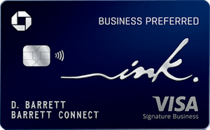

Learn more about this card and its features!
Opinions, reviews, analyses & recommendations are the author’s alone, and have not been reviewed, endorsed or approved by any of these entities.
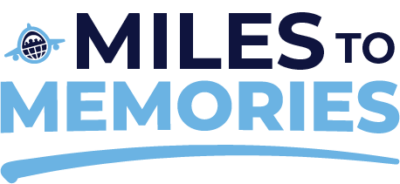
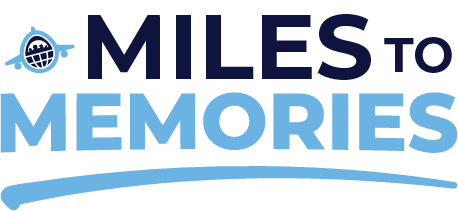

[…] fantastic pieces about the modern rise of Delta, the new American Airlines, the History of Low Cost Carriers, United Airlines, the History of Air Shuttles, The Middle East 3, Alaska’s […]